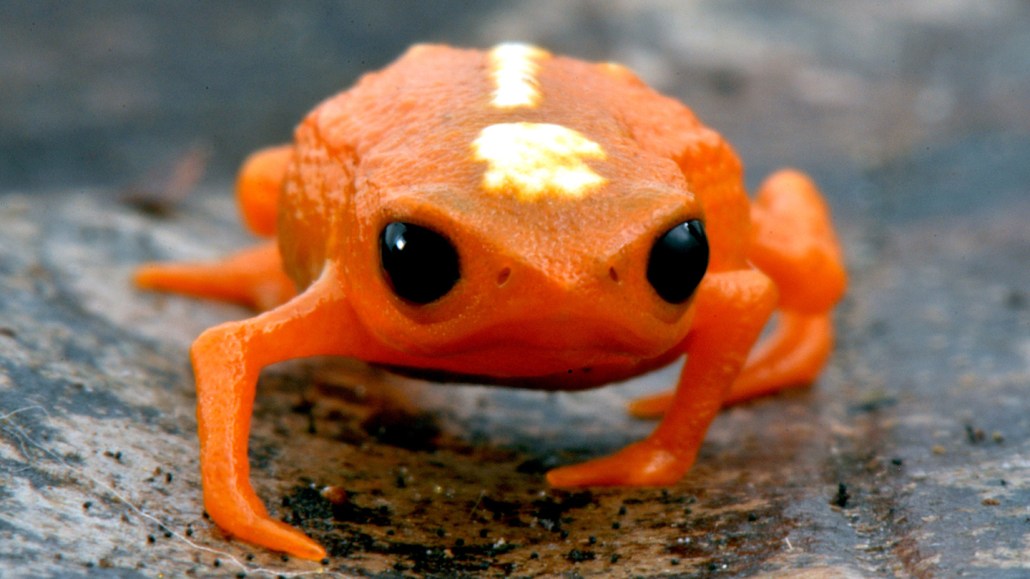Why these jumping toadlets get confused mid-flight
The frogs’ tiny ear canals make it difficult for the animals to orient themselves

Brachycephalus frogs, also called pumpkin toadlets, live in southern Brazil. They can leap into the air but have trouble landing.
Luiz F. Ribeiro







